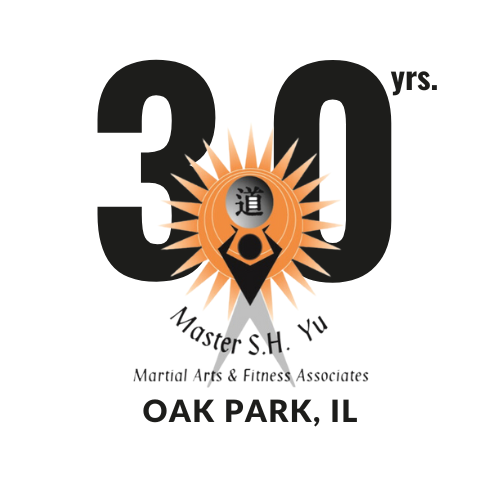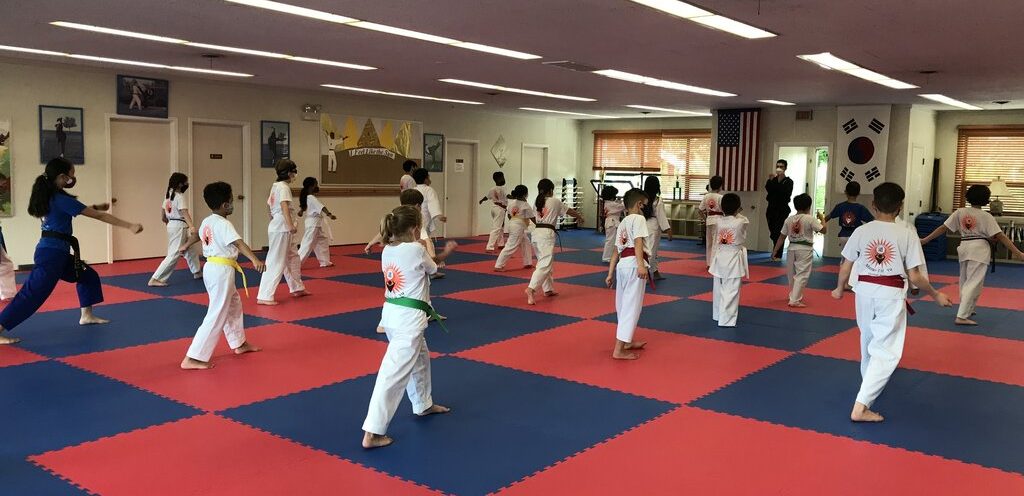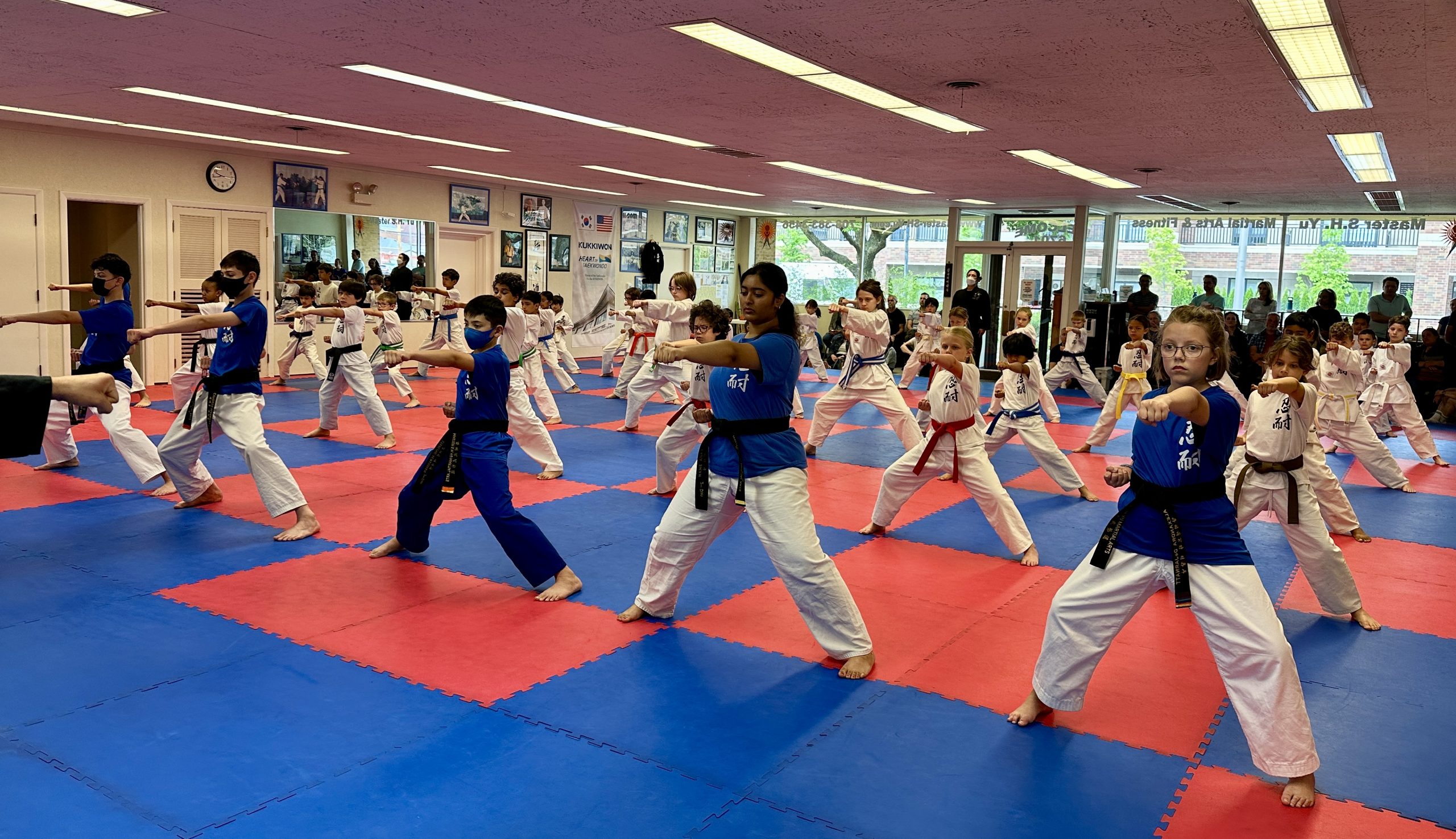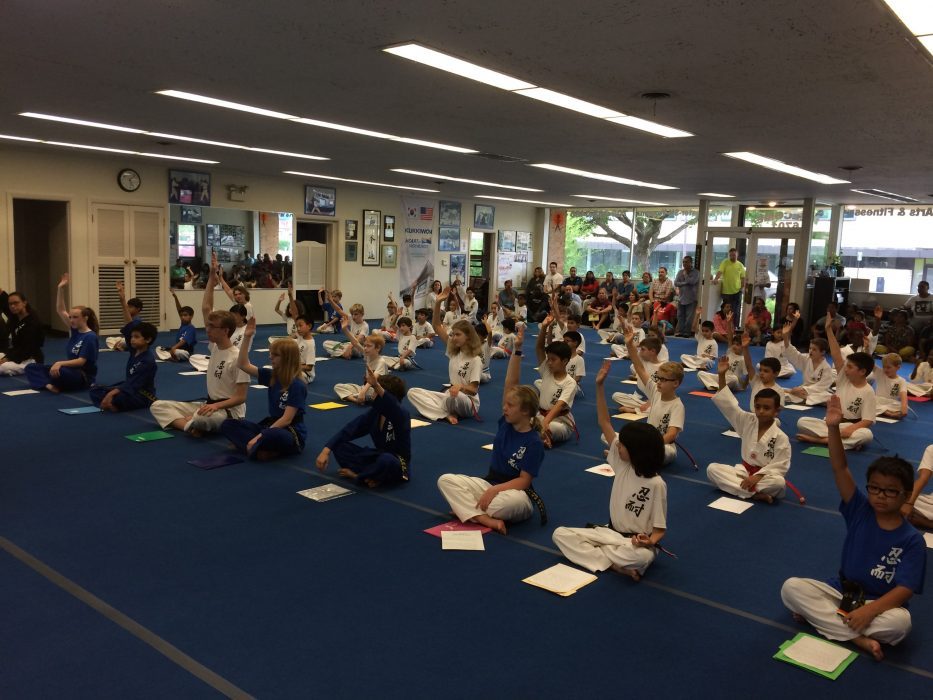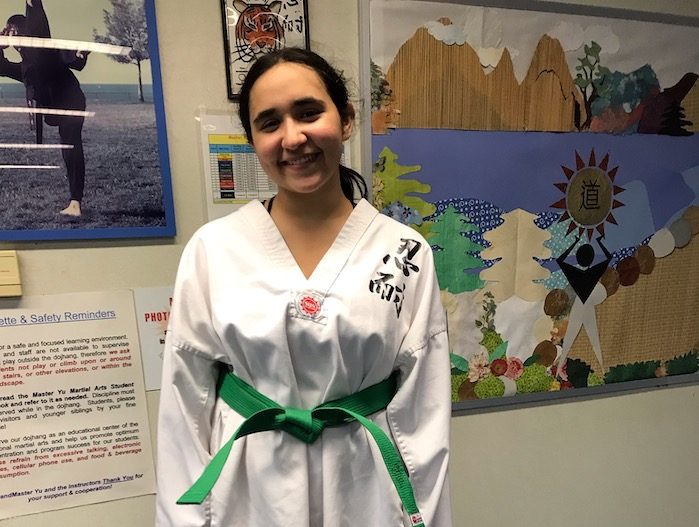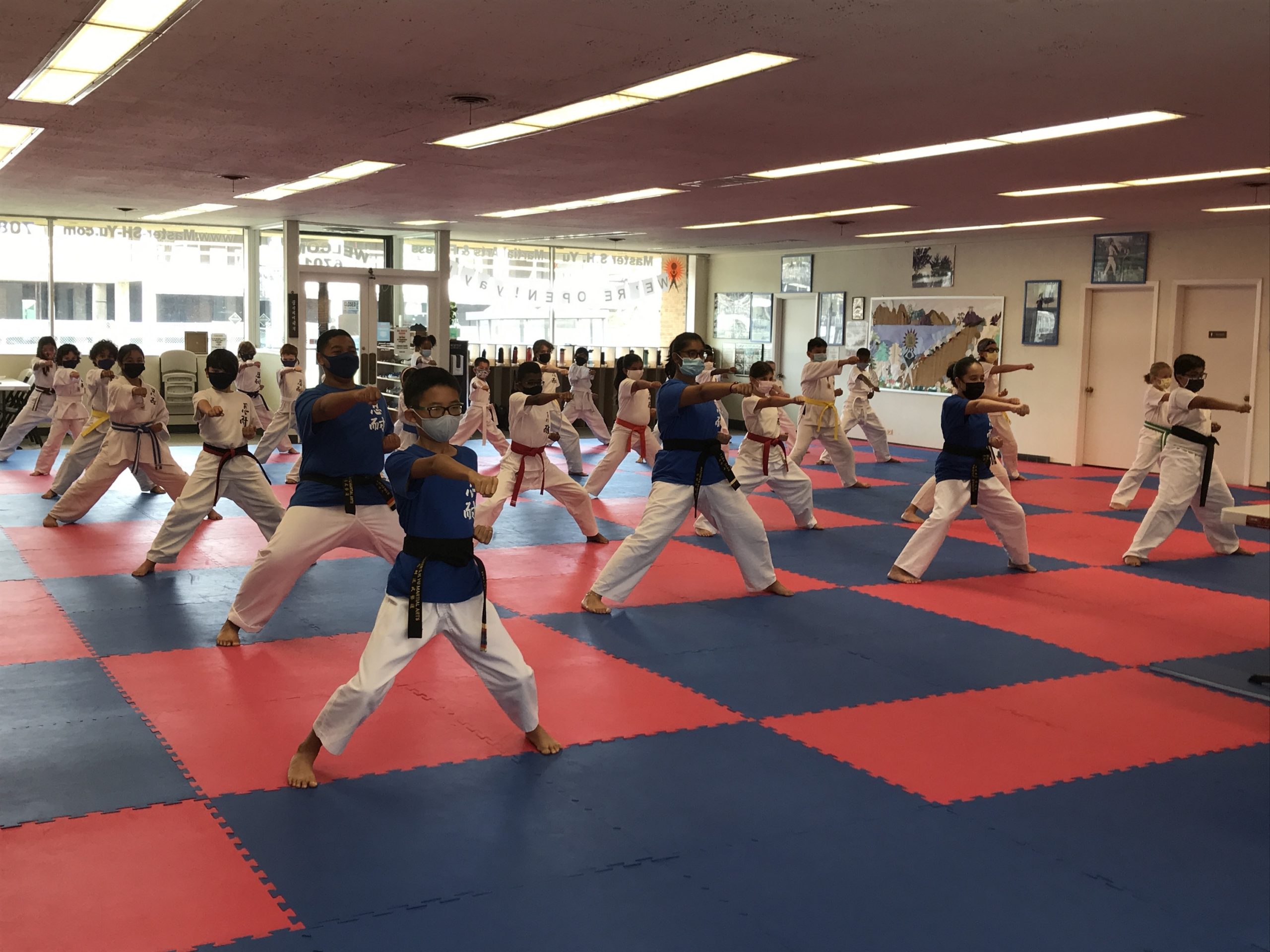
How to Master Taekwondo Forms
Martial arts forms are historically practiced sequences of offense and defense, giving the student muscle memory to think of their body as part of the universe. Traditionally practiced to develop discipline, focus and purposeful, harmonious, efficient movement. Learning Forms continues to promote all these qualities, along with flexibility, balance, and intellectual challenge. Poomse (with spelling variations) is the Korean word for Taekwondo forms. Here are some ways to master and enjoy your Taekwondo forms!
What are Taekwondo forms?
Taekwondo forms are series of standardized movements students practice in order to practice defensive or offensive techniques, develop their physical conditioning, and improve balance. These Taekwondo forms are done without a partner. Trainees who intend to advance to the next belt level must perform forms correctly.
Taekwondo forms are beneficial for improving eye, hand, and foot coordination, since students combine a range of kicks, punches, and stances. Flexibility is also enhanced when martial arts practitioners train to master difficult forms and advanced techniques. Students gain stamina by practicing forms.
Students holding a color belt must master eight Taekwondo forms: Il Jang, Ee Jang, Sam Jang, Sa Jang, Oh Jang, Yuk Jang, Chil Jang, and Pal Jang. Nine Taekwondo black belt forms can also be studied: Koryo, Keumgang, Taebaek, Pyongwon, Sipjin, Jitae, Cheonkwon, Hansu, and Ilyo.
Forms are incredibly advantageous to Taekwondo students. However, remembering the many different forms can be a challenge. Perfecting the numerous forms, too, is a major feat. Martial arts students can use the following tips to help themselves remember Taekwondo patterns.
1. Learn Sections and the Basics
Watching an instructor breeze through an entire form is overwhelming. Frustration is inevitable as students struggle to recall each movement. Rather than try to master a form at once, practitioners are encouraged to learn one section, then move onto the next. In time, students will perfect the sequence.
Most forms require knowledge of basic techniques: blocks, punches, and kicks. Taekwondo students who aim to succeed must master the basics. Do not rush through learning the basics, since they serve as the important foundation for advancement and ultimate mastery of Taekwondo.
2. Understand the Meaning
Behind every move is a meaning, and students who contemplate the purpose of each move will remember it. For example, practitioners can visualize how certain punches or strikes function in an attack. At the same time, students may think about defense and counterattack strategies.
3. Practice Forms
Muscle memory can only be developed through regular practice. Practice the movements and patterns within a form every day. Vary the training by practicing the movements at different speeds; this will ingrain the movement into muscle memory and allow them to become more fluid.
When practicing, it is important to perform the movements correctly; otherwise, a student will develop improper habits that are difficult to break. Repeat movements slowly, so that the muscles remember the subtle nuances. Start slowly, then build up speed gradually. Speed is power in Taekwondo.
4. Focus on One Form
Eager Taekwondo students may be in a rush to learn all the forms at once. Attempting to do so will only overwhelm the practitioner. Instead, focus on learning one form at a time and ensuring the result is a fluid motion, rather than a robotic and staggered one.
Learning one form before moving onto the next one is a gradual process. While perfection is not an immediate requirement, the student should reach the point where performing the movement becomes second nature—the student does not have to stop to think about it.
5. Enter Pattern Competitions
The thought of competing will compel a Taekwondo student to learn forms quicker and with better fluidity. Competitions will propel the student toward mastery. Even if a competition is not won, the student will have learned the form much sooner than without the motivation of a competition.
6. Seek and Give Help
The goal of a martial arts instructor is to train the student. When doubts about a form arise, a student should be willing to ask for advice on technique. Patterns classes similarly are designed to provide opportunities for practice and instruction; so, if local classes are available, join them.
Faster progress can be made when attending classes frequently. Injuries are also avoided by going to classes often, since irregular attendance can leave students with less limberness and strength. Complex techniques, like jumping and spinning kicks, for instance, require immense strength and agility.
Another way to move forward in the Taekwondo journey is to help a fellow student perfect his or her form. Consider sparring with a student, which will improve the Taekwondo form and provide an excellent aerobic workout. Even upon losing, sparring increases speed and stamina.
When not in class, Taekwondo students should try to make time to study at home. Take study notes, warm up, and stretch. Warming up and stretching allow the student to be more relaxed, thereby improving muscle memory of Taekwondo forms. Loose arms, low kicks and repetitions will help.
Practice Martial Arts with Master S.H. Yu Martial Arts
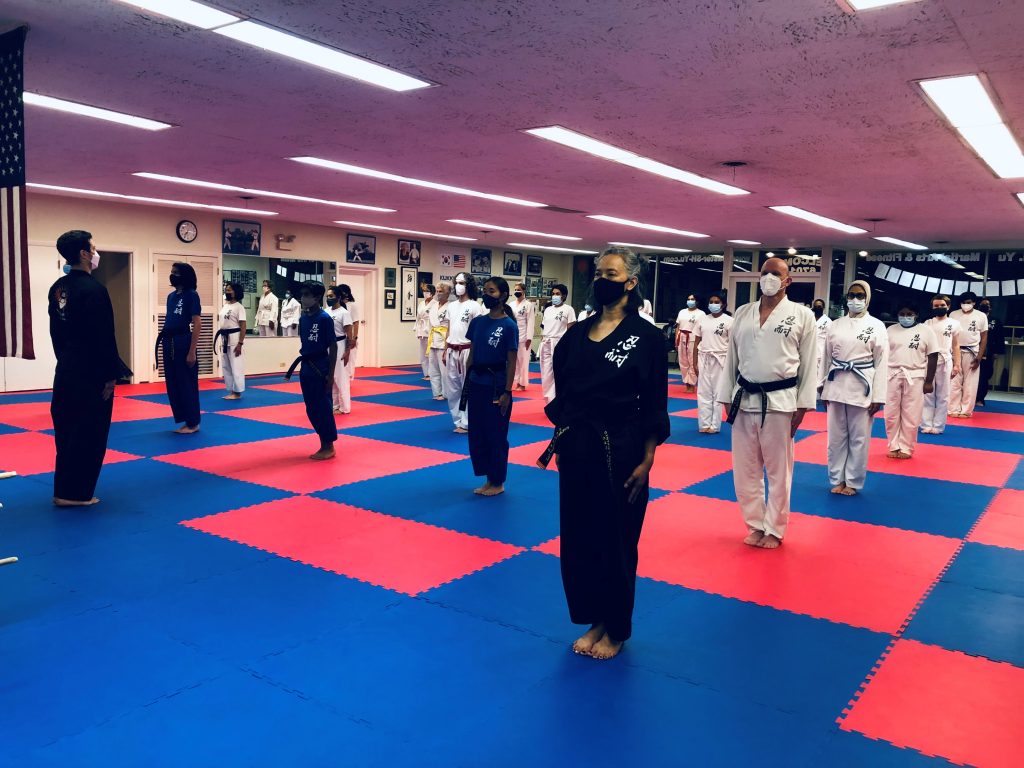 Skilled Taekwondo instruction is key to advancing to the next belt. A knowledgeable instructor and a reputable martial arts school will help the martial arts student develop mastery of forms quickly. When you seek expert martial arts instruction, look to Master S.H. Yu Martial Arts.
Skilled Taekwondo instruction is key to advancing to the next belt. A knowledgeable instructor and a reputable martial arts school will help the martial arts student develop mastery of forms quickly. When you seek expert martial arts instruction, look to Master S.H. Yu Martial Arts.
Our martial arts classes are geared toward helping students of all ages and ability levels succeed in their discipline of choice. We teach Taekwondo, Kumdo, self-defense, Hapkido, and many other traditional forms of martial arts. Private lessons are also available to hone particular strengths.
Master S.H. Yu Martial Arts teaches not only the physical aspect of the martial arts, but gives students the resources to train their minds. The goal of training in Taekwondo is to unite the body, mind, and spirit. Students experience greater harmony, which is applied to other areas of life.
Contact Us
Whether you are a beginning martial arts student or have experience in training, Master S.H. Yu Martial Arts will meet your needs for expert instruction. We welcome students who live near Oak Park and River Forest, Illinois. Visit our facility for a firsthand look at our quality martial arts programs.
Give us a call at (708) 383-3456 or pre-register online to get started on your martial arts journey.
